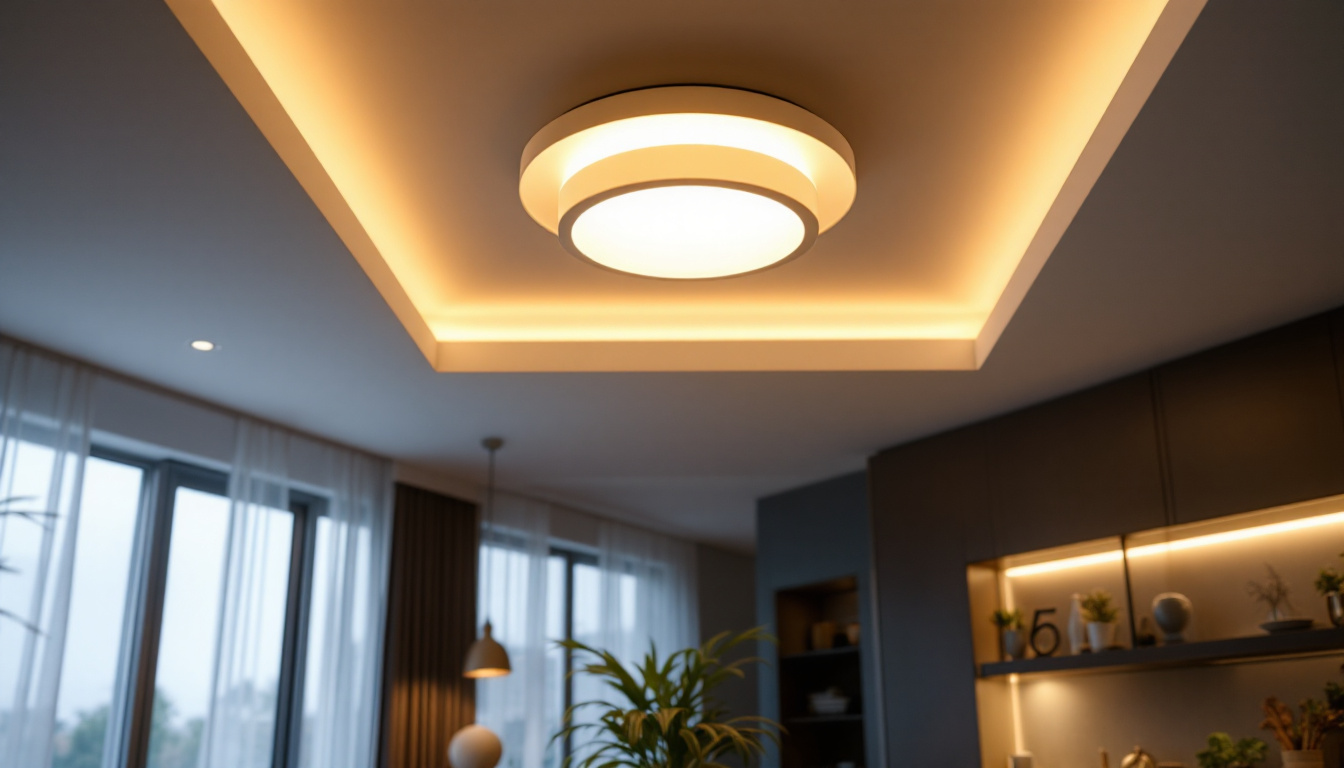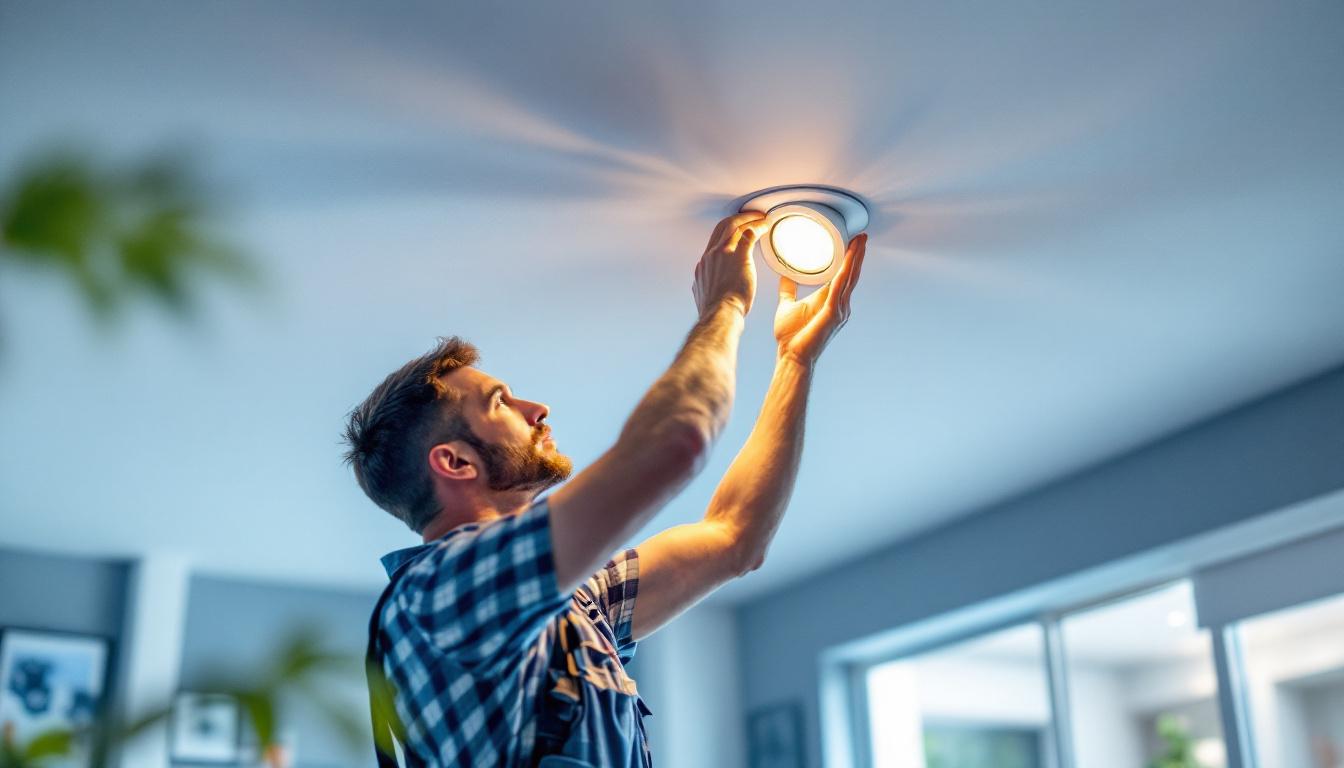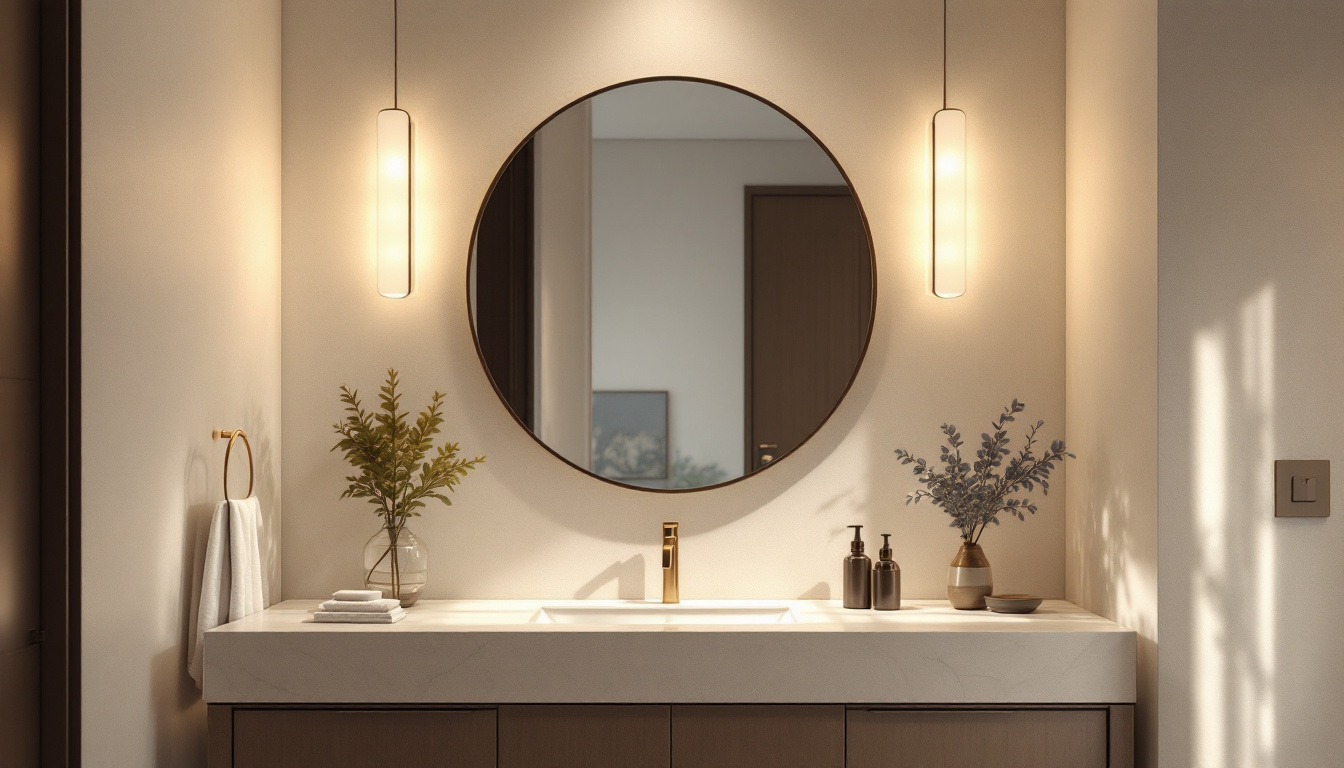
In the realm of interior design and construction, Ceiling lighting fixtures play a pivotal role in shaping the ambiance and functionality of a space. For lighting contractors, understanding the various types of ceiling fixtures, their installation techniques, and the latest trends is essential for delivering quality service to clients. This article aims to provide valuable insights and proven methods that lighting contractors can utilize to enhance their projects.
Ceiling lighting fixtures come in various forms, each serving unique purposes and aesthetic preferences. Familiarity with these types allows contractors to recommend the best solutions for their clients’ needs.
Flush mount fixtures are designed to sit directly against the ceiling, making them ideal for spaces with low ceilings. They are versatile and can fit into various design schemes, from modern to traditional. These fixtures often come in a range of styles and finishes, allowing contractors to match them with the overall decor of the room.
When installing flush mount fixtures, it is crucial to ensure that they are securely fastened to the ceiling. Proper wiring and adherence to local electrical codes are essential to guarantee safety and functionality. Additionally, selecting the right bulb type can significantly affect the quality of light produced, making it important for contractors to stay informed about energy-efficient options. Many flush mount fixtures now come with integrated LED technology, which not only enhances energy efficiency but also provides a longer lifespan compared to traditional bulbs. This advancement allows homeowners to enjoy bright, consistent lighting while reducing their energy bills and environmental impact.
Pendant lighting has gained popularity in recent years due to its ability to add character and style to a space. These fixtures hang from the ceiling and can be used individually or in clusters to create a focal point. They are particularly effective over kitchen islands, dining tables, or in entryways.
When recommending pendant lighting, contractors should consider the height of the ceiling and the intended use of the space. For instance, in areas with high ceilings, longer pendant fixtures can create a dramatic effect, while shorter pendants are more suitable for lower ceilings. It is also essential to ensure that the fixtures are installed at the appropriate height to avoid obstructing views or causing discomfort. Furthermore, pendant lights come in a variety of materials, such as glass, metal, and fabric, allowing for an array of design possibilities. Mixing different styles and finishes can create a unique, personalized look that enhances the overall ambiance of the room.
Chandeliers are synonymous with elegance and sophistication. These fixtures can transform a space, making them a popular choice for dining rooms, entryways, and grand living areas. Available in a variety of styles, from traditional crystal designs to modern minimalist options, chandeliers can cater to diverse client preferences.
Proper installation of chandeliers requires attention to detail, especially regarding weight distribution and electrical connections. Contractors should ensure that the ceiling can support the fixture’s weight and that the wiring is adequately concealed for a clean finish. Additionally, selecting the right size chandelier for the room is crucial; a piece that is too large can overwhelm the space, while one that is too small may not provide the desired impact. Beyond aesthetics, chandeliers can also serve functional purposes, providing ample illumination for larger areas. Many modern designs incorporate adjustable brightness features, allowing homeowners to set the mood for different occasions, from intimate dinners to lively gatherings.
Successful installation of ceiling lighting fixtures is critical for both functionality and aesthetics. Contractors must be equipped with the right techniques and tools to ensure a seamless process.
Before beginning any installation, thorough planning is essential. Contractors should assess the space, taking into account the ceiling height, existing wiring, and the intended purpose of the lighting. Creating a detailed plan can help avoid complications during installation and ensure that the final result meets client expectations.
Additionally, preparing the necessary tools and materials in advance can streamline the installation process. This includes having the right fixtures, mounting hardware, and safety equipment. Ensuring that all components are readily available can save time and reduce the likelihood of errors.
Safety should always be a top priority when installing ceiling fixtures. Contractors must turn off the power at the circuit breaker before starting any electrical work. Using insulated tools and wearing protective gear can minimize the risk of accidents.
Furthermore, it is vital to follow local electrical codes and regulations. This not only ensures safety but also protects contractors from liability issues. Familiarity with these codes can enhance a contractor’s reputation as a knowledgeable and reliable professional.
Wiring is a critical aspect of ceiling fixture installation. Contractors should be familiar with the different wiring methods and ensure that they connect fixtures correctly. Understanding the difference between series and parallel wiring can help in making informed decisions about how to wire multiple fixtures.
Additionally, using the right gauge of wire is essential for safety and performance. Contractors should also consider the use of wire connectors and electrical tape to secure connections and prevent short circuits. Properly securing and concealing wires not only enhances safety but also contributes to the overall aesthetics of the installation.
Staying updated on the latest trends in ceiling lighting design can help contractors provide clients with contemporary solutions that enhance their spaces. Understanding these trends allows contractors to offer informed recommendations that align with current design aesthetics.
Smart lighting has revolutionized the way homeowners interact with their lighting fixtures. With the ability to control lighting through smartphones or voice commands, these systems offer convenience and energy efficiency. Contractors should familiarize themselves with various smart lighting options, including compatible fixtures and control systems.
When installing smart lighting, it is crucial to ensure that the fixtures are compatible with the chosen smart home system. This may involve additional wiring or the installation of smart switches. Educating clients on how to use these systems can also enhance their overall experience and satisfaction.
The minimalist and industrial design trends have gained traction in recent years, emphasizing simplicity and functionality. Ceiling fixtures that feature clean lines, geometric shapes, and raw materials can complement these design styles effectively. Contractors should consider recommending fixtures that align with these aesthetics to meet client preferences.
Incorporating industrial elements, such as exposed bulbs and metal finishes, can add character to a space while maintaining a modern feel. Contractors should also be mindful of how these fixtures interact with other design elements in the room to create a cohesive look.
As sustainability becomes a priority for many homeowners, energy-efficient lighting solutions are in high demand. LED fixtures, for instance, consume significantly less energy than traditional incandescent bulbs and have a longer lifespan. Contractors should be well-versed in the benefits of energy-efficient options and be prepared to educate clients about their advantages.
Additionally, incorporating fixtures made from sustainable materials can further enhance a project’s appeal. By offering eco-friendly lighting solutions, contractors can position themselves as forward-thinking professionals committed to environmental responsibility.
Proper maintenance of ceiling lighting fixtures is essential for ensuring their longevity and optimal performance. Contractors should educate clients on how to care for their fixtures and address common issues that may arise.
Dust and grime can accumulate on ceiling fixtures, diminishing their brightness and overall appearance. Contractors should recommend regular cleaning schedules to clients, emphasizing the importance of using appropriate cleaning materials to avoid damage. For delicate fixtures, such as chandeliers, gentle cleaning methods and specialized products may be necessary.
Additionally, contractors can provide clients with tips on how to safely access fixtures for cleaning, ensuring they take necessary precautions to avoid accidents.
Flickering lights can be a common issue that homeowners may encounter. Contractors should be prepared to troubleshoot this problem, which can stem from various causes, including loose connections, incompatible bulbs, or faulty fixtures. Educating clients on how to identify potential issues can empower them to address minor problems before they escalate.
In cases where flickering persists, contractors should be ready to inspect the wiring and connections to ensure everything is secure and functioning correctly. Providing clients with a clear understanding of the troubleshooting process can enhance their trust in the contractor’s expertise.
As design trends evolve, clients may wish to upgrade their ceiling fixtures to stay current. Contractors should be proactive in discussing potential upgrades during maintenance visits, highlighting the benefits of newer, more efficient options. This not only enhances the client’s space but also offers an opportunity for contractors to expand their service offerings.
When recommending upgrades, it is essential to consider the client’s budget and aesthetic preferences. Providing a range of options can help clients make informed decisions that align with their vision for their space.
Ceiling lighting fixtures are a fundamental aspect of interior design that can significantly impact the functionality and aesthetics of a space. For lighting contractors, mastering the various types of fixtures, installation techniques, and current trends is essential for delivering exceptional service to clients. By staying informed and adopting proven methods, contractors can enhance their skills and provide clients with lighting solutions that not only meet their needs but also elevate their spaces.
Ultimately, the ability to recommend and install the right ceiling lighting fixtures can set a contractor apart in a competitive market. By prioritizing safety, aesthetics, and energy efficiency, lighting contractors can build lasting relationships with clients and ensure their projects shine brightly.
Ready to elevate your lighting projects with fixtures that blend quality, affordability, and convenience? Look no further than LumenWholesale. Our extensive selection of spec-grade lighting products is designed to meet the highest industry standards, giving you the confidence to deliver exceptional service to your clients. With unbeatable wholesale prices and the convenience of free shipping on bulk orders, you can access premium lighting without the extra costs. Make the smart choice for your business and discover the best value in wholesale lighting today with LumenWholesale.

Discover essential insights and expert tips for lighting contractors on selecting and installing LED 3-inch recessed lights.

Discover essential insights into work light solutions that every lighting contractor should know.

Discover the rising significance of vanity light fixtures in the lighting industry.

Discover expert strategies for lighting contractors to tackle common challenges with electric outlets.